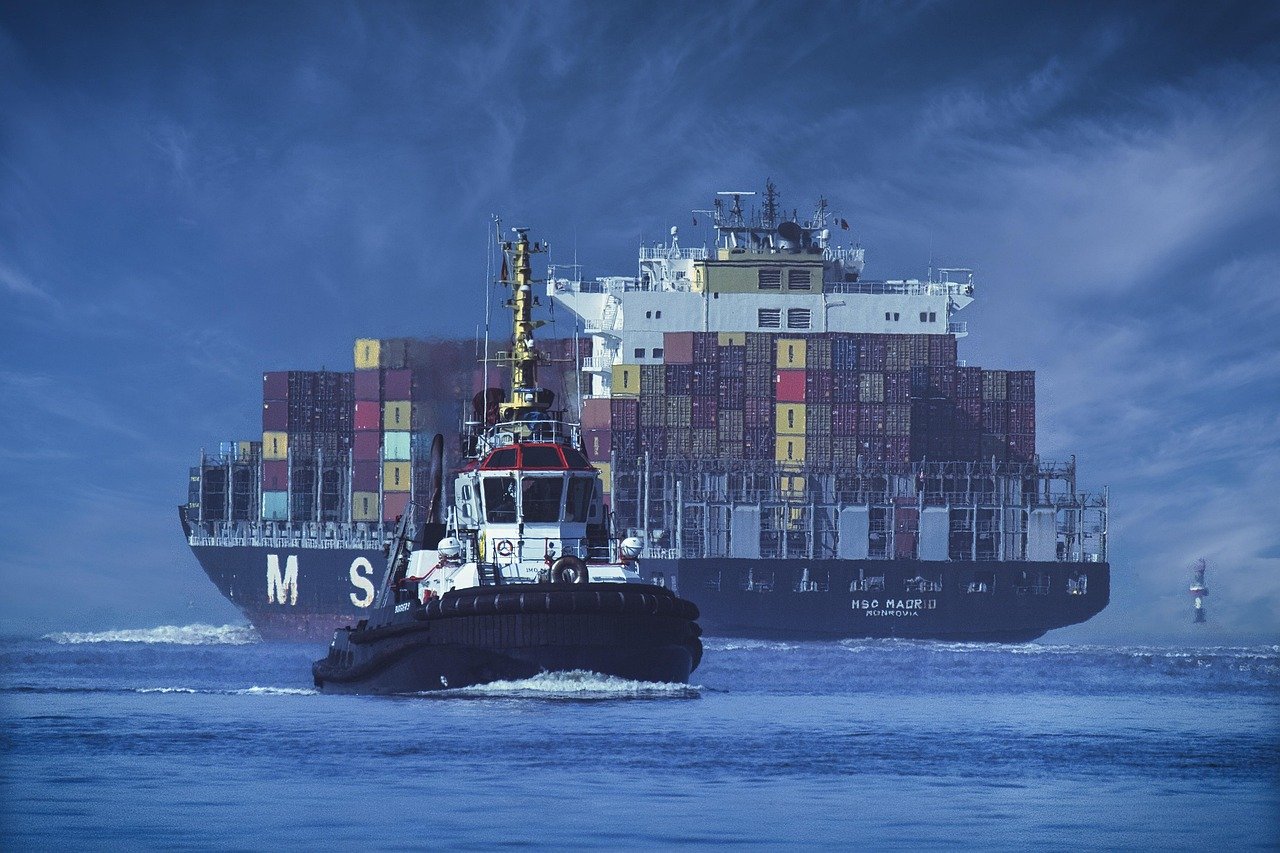When the Freight Bill Isn’t What You Expected
Imagine this: You’ve packed your freight carefully, labeled everything, and scheduled your LTL shipment. Then—bam—you get the invoice and it’s way higher than expected. Why? Your shipment was reclassified. If that sounds familiar (or terrifying), you’re not alone.
Freight class reclassifications can catch even seasoned shippers off guard. And if you don’t understand how they work, you could be losing money without even realizing it. Let’s demystify freight class reclassifications so you can protect your budget and your bottom line.
What Is Freight Class, Anyway?
Freight class is a numeric code (ranging from 50 to 500) used by carriers to categorize LTL (less-than-truckload) shipments. It’s part of the National Motor Freight Classification (NMFC) system, which standardizes pricing based on four primary factors:
- Density: How heavy a shipment is relative to its size
- Stowability: How easily it fits with other freight
- Handling: How easy or hard it is to move
- Liability: The risk of damage, theft, or value-related loss
These classes help determine the shipping cost. Lower classes (e.g., 50 or 70) are less expensive to ship. Higher classes (e.g., 200 or 300) cost more.
What Is a Freight Class Reclassification?
A reclassification happens when the carrier believes the shipment doesn’t match the class you originally declared. Maybe the item was heavier than expected, didn’t meet density requirements, or wasn’t packaged correctly. When that happens, the carrier has the right to reclassify it—often at a higher rate.
And yes, that means a higher bill.
Why Does Reclassification Happen?
- Incorrect or estimated weight/dimensions
- Improper packaging
- Misidentified product or NMFC code
- Human error (on either end)
According to Freightwaves, reclassification disputes are one of the most common billing issues in LTL shipping.
How to Avoid Freight Class Reclassifications
Let’s get proactive. Here are proven ways to minimize the chances of a costly reclassification:
1. Measure and Weigh Accurately
Use calibrated scales and measure including packaging and pallets. Round up—not down.
2. Use the Right NMFC Code
Not all products are equal. A sofa and a stack of bricks might weigh the same, but they don’t belong in the same class. Use the NMFTA database or work with a freight broker to ensure the correct classification.
3. Invest in Quality Packaging
If your freight isn’t stackable, is oddly shaped, or poorly secured, it may be reclassified due to handling difficulties. Solid packaging can keep it in the class you declared.
4. Document Everything
Photos, spec sheets, weight certificates—keep it all. This is your best defense in the case of a dispute.
5. Work with a Trusted 3PL or Freight Broker
A good partner will help with proper classification, negotiate better rates, and handle reclassifications before they become a problem.
What to Do If You’re Reclassified
Even with all precautions, reclassifications happen. Here’s how to respond without losing your mind—or money:
- Request documentation: Ask for the carrier’s reason and proof.
- Compare it to your records: Match it against your original measurements and documentation.
- File a dispute: If you have evidence your classification was correct, file a claim promptly.
- Adjust future shipments: Use the incident as a learning opportunity to update your procedures.
According to Inbound Logistics, disputes that are backed by solid documentation often result in favorable resolutions.
The Cost of Getting It Wrong
Still tempted to guess your class or fudge the numbers? Here’s what you risk:
- Billing adjustments (often without warning)
- Delayed shipments
- Strained carrier relationships
- Chargebacks or penalties
The bottom line? Accuracy isn’t optional—it’s essential.
Key Takeaways for Smart Shippers
Here’s a quick cheat sheet to stay ahead of freight class reclassifications:
- ✅ Always use precise dimensions and weight
- ✅ Verify the NMFC code with reliable sources
- ✅ Invest in durable, stackable packaging
- ✅ Keep thorough documentation
- ✅ Partner with experienced freight professionals
When in doubt, ask questions and get help before shipping—not after the invoice shows up.
Conclusion: Make Freight Class Work for You
Freight class reclassifications might seem like an annoying detail, but mastering them can seriously impact your bottom line. The more accurate and informed you are, the fewer billing surprises you’ll face—and the more confidence you’ll have in your logistics strategy.
Need help classifying your freight the right way the first time? Consider partnering with a logistics expert who knows the system inside and out.
FAQs
Q: What is the most common reason for freight reclassification? A: Incorrect weight or dimensions is the top culprit, followed by inaccurate NMFC codes.
Q: Can I dispute a reclassification? A: Yes. If you have documentation proving your original class was accurate, you can file a dispute with the carrier.
Q: How do I find the correct NMFC code? A: Use the NMFTA’s official database or consult a logistics provider who has access to this resource.
Q: Does packaging really affect my freight class? A: Absolutely. Items that are hard to handle, not stackable, or poorly packaged can be bumped into higher classes.
Q: Is it worth working with a 3PL for classification? A: Yes—especially if you ship frequently or have complex freight. A 3PL can help avoid costly mistakes and improve efficiency.





